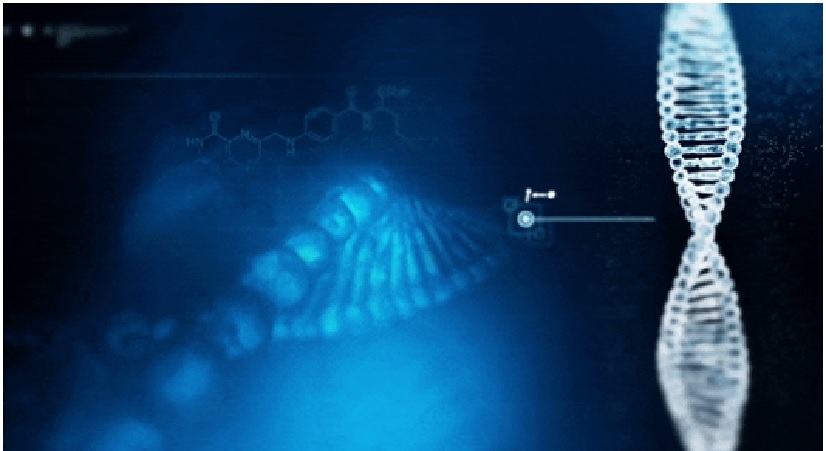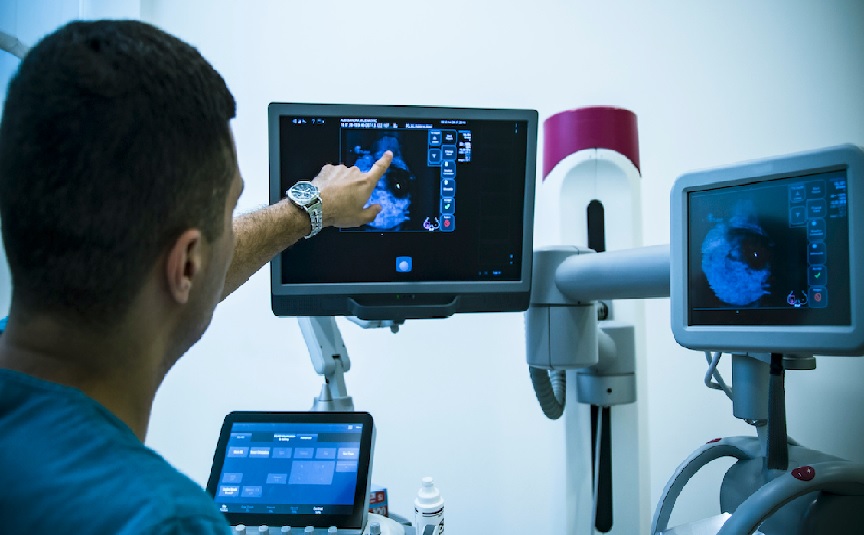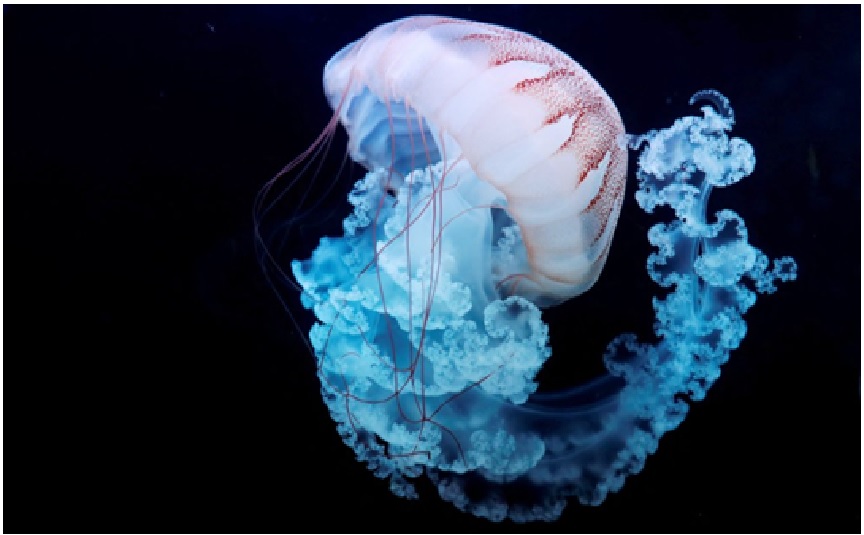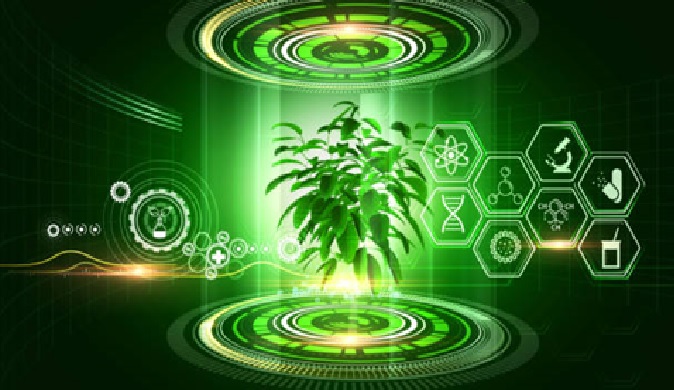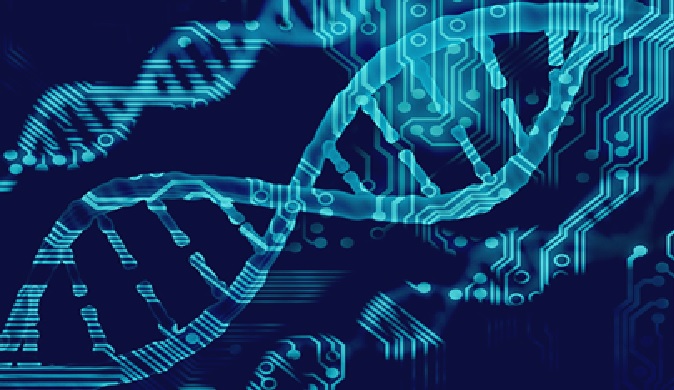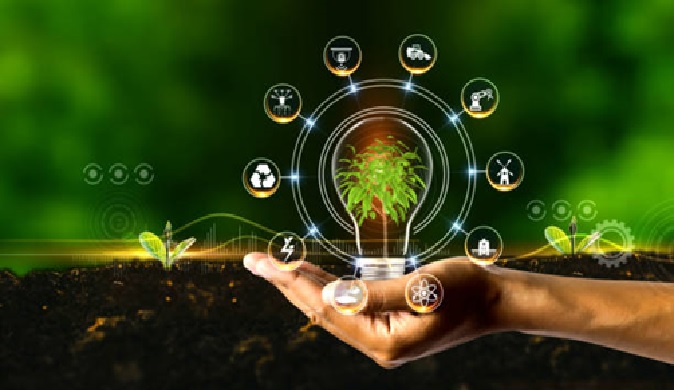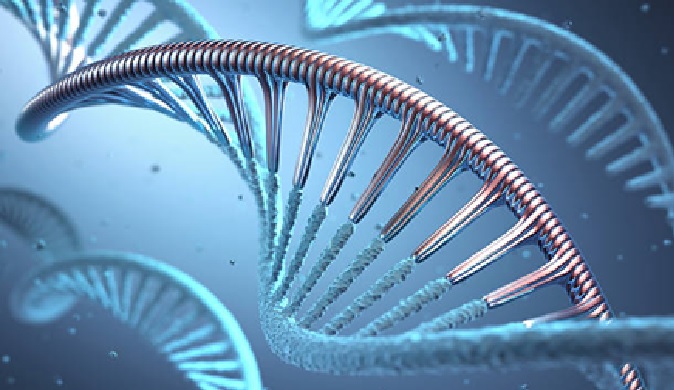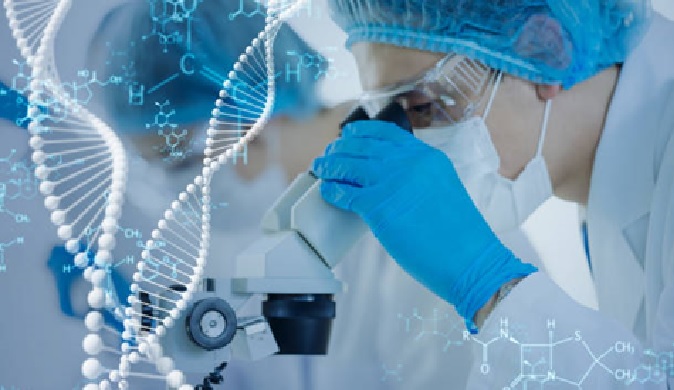Sustainable Battery Developed Using Crab Cells
Scientists from the University of Maryland in the US discovered a unique compound in crustaceans, like crabs, lobsters, and shrimps, that can be used to create a sustainable battery. Battery made from shellfish might become the future for electric cars.
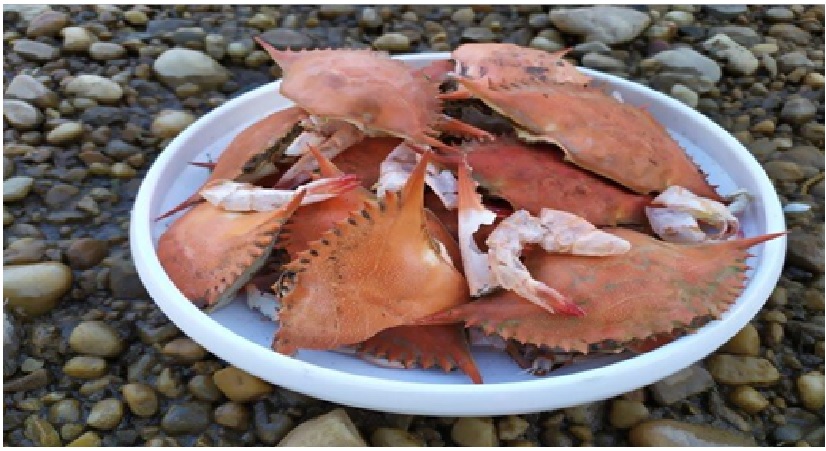
Figure 1: Sustainable battery developed using crab cells.
Figure 1 shows that the chemical is called chitosan, which is a derivative product of chitin that is found in the exoskeleton of crustaceans. Lead researcher Professor Liangbing Hu said that the biodegradability and performance of batteries are important to consider in terms of their ability to be commercialized. [1]
Batteries use an electrolyte to shuttle ions back and forth between positively and negatively charged terminals. An electrolyte can be a liquid, paste, or gel, and many batteries use flammable or corrosive chemicals for this function.
This new battery, which could store power from large-scale wind and solar sources, uses a gel electrolyte made from a biological material called chitosan."The most abundant source of chitosan is the exoskeletons of crustaceans, including crabs, shrimps and lobsters, which can be easily obtained from seafood waste. You can find it on your table."
A biodegradable electrolyte means that about two thirds of the battery could be broken down by microbes -- this chitosan electrolyte broke down completely within five months. This leaves behind the metal component, in this case zinc, rather than lead or lithium, which could be recycled. [2]
According to the study, the battery has an energy efficiency of 99.7 percent after 1000 battery cycles, making it a viable option for storing energy generated by wind and solar for transfer to power grids.
Due to their superior energy density and cycle stability, lithium-ion batteries (LIBs) are widely used as energy storage devices. The market for LIBs is projected to grow from US $30 billion in 2017 to $100 billion in 2025.
But this increase comes with an environmental cost. "Vast quantities of batteries are being produced and consumed, raising the possibility of environmental problems," said professor Liangbing Hu from the University of Maryland, the study's lead author. [3]
Research team hope to continue working on making batteries even more environmentally friendly, including the manufacturing process. "In the future, I hope all components in batteries are biodegradable," says Hu. "Not only the material itself but also the fabrication process of biomaterials." [2]
References:
- https://www.sciencetimes.com/articles/39730/20220905/sustainable-biodegradable-battery-made-crab-shells-future.htm
- https://www.sciencedaily.com/releases/2022/09/220901135827.htm
- https://interestingengineering.com/innovation/crab-shells-biodegradable-electrolytes-for-batteries
Cite this article:
Sri Vasagi K (2022), Sustainable Battery Developed Using Crab Cells, AnaTechMaz, pp.107



